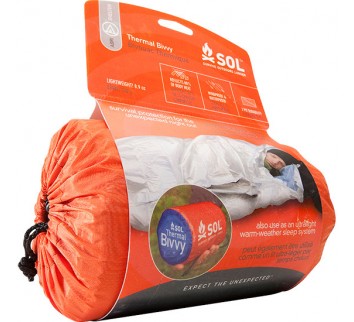A friend requested this write-up. When I travel, I don't carry baggage. I wear all my clothes and carry my toiletries in a pocket. Here are the details. Top to bottom, I wear a baseball hat, three polyester shirts, a Gore-Tex rain jacket, Exofficio boxers, lined shorts, quick drying pants, a nylon belt, three pairs of smart wool socks, and Gore-Tex hiking boots. For toiletries, I carry a zip loc bag containing a toothbrush, travel toothpaste, hair gel, comb, Dr. Bronner's soap, crystal rock deodorant, and my meds.
No-Baggage Travel
Stove Choices
Alcohol, canister, or solid fuel? Which type of stove is right for your next adventure? We'll discuss some of the pluses and minuses here along with boil times for the JetBoil Flash, Giga Power, Esbit, and a Fancy Feast alcohol stove.
I started with a JetBoil Flash stove. I put two cups of tap water in the JetBoil pot, turned on the gas and lit the burner. This pot got hot in a hurry and had steam and the little bubbles collecting on the bottom of the pot before long. The water was at a rolling boil by 2:26. I turned it off at that point.
Next up was the Giga Power stove by Snow Peak. This one was the steel model. With two cups of tap water in a Snow Peak 450 ml titanium pot, it boiled at 3:57 and I turned it off. I would recommend this one in the titanium model for the weight savings and because the pot stand on that model acts as a partial windscreen. I didn't extend the burn time with either of these first two tests because it would run until all the fuel was gone and that would just waste money.
The next stove was the Esbit Power Stove. On this one the stove casing acts as an integrated pot stand holding the pot about an inch above the Esbit table. The tablets that came with this stove were the 14g tablets. I also put a piece of aluminum foil under this stove to protect the table. Using this setup, two cups of tap water in the Snow Peak pot came to a boil at 9:21 with a total burn time of 11:58.
The final stove was the Fancy Feast catfood can alcohol stove. For this test, I used HEET as the fuel and a piece of aluminum foil under the stove to protect the table. I placed the Snow Peak pot directly on the stove for this test. In this setup, the two cups of tap water were boiling at 10:35 and the stove continued to burn until 12 minutes.
Then I changed the alcohol setup by raising the pot an inch on a pot stand that came with the JetBoil. I kept everything else the same as the other alcohol stove test. This time the water was boiling at 7:21 and the stove burned until 13:29 minutes. I had wanted to try this setup because I had heard people were getting faster boil times with the pot raised an inch above the alcohol stoves.
So, if you want the fastest boil time, go with JetBoil. If the football sized JetBoil system is too bulky but you still want a canister stove with piezo ignition, go with the Snow Peak Giga Power stove. If you want the lightest weight system, use the Esbit Power Stove. And if you want the system with the most readily available fuel, go with the Fancy Feast catfood can alcohol stove. HEET or comparable fuel can be found at most gas stations.
Jerry W.
Training for Your Trip
Together we've been on a number of hiking/backpacking trips of varying difficulty. We've climbed the Austrian Alps, trekked across Galicia, Spain, hiked through parts of the Appalachian Trail, and explored Glacier National Park.
Mountain Hardwear Lamina 0°
SOL Thermal Bivvy
Smoky Mountain Loop
Smokey Mountain Loop


Difficulty: Moderate
Making it to the top.

You have made it to the the top. The view is amazing and worth the work, but how did you survive the trip to the top? That’s where we come in. Our job at Survive the Hike is to give you the advice, gear review’s, and trip reports that will help you tackle any trail.













